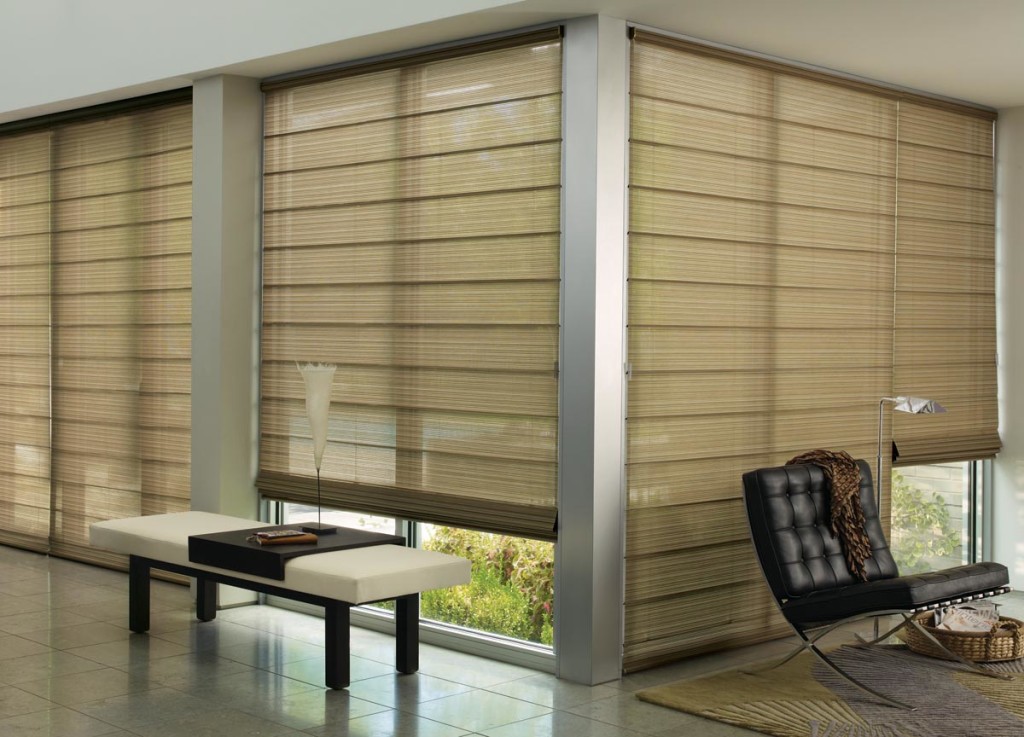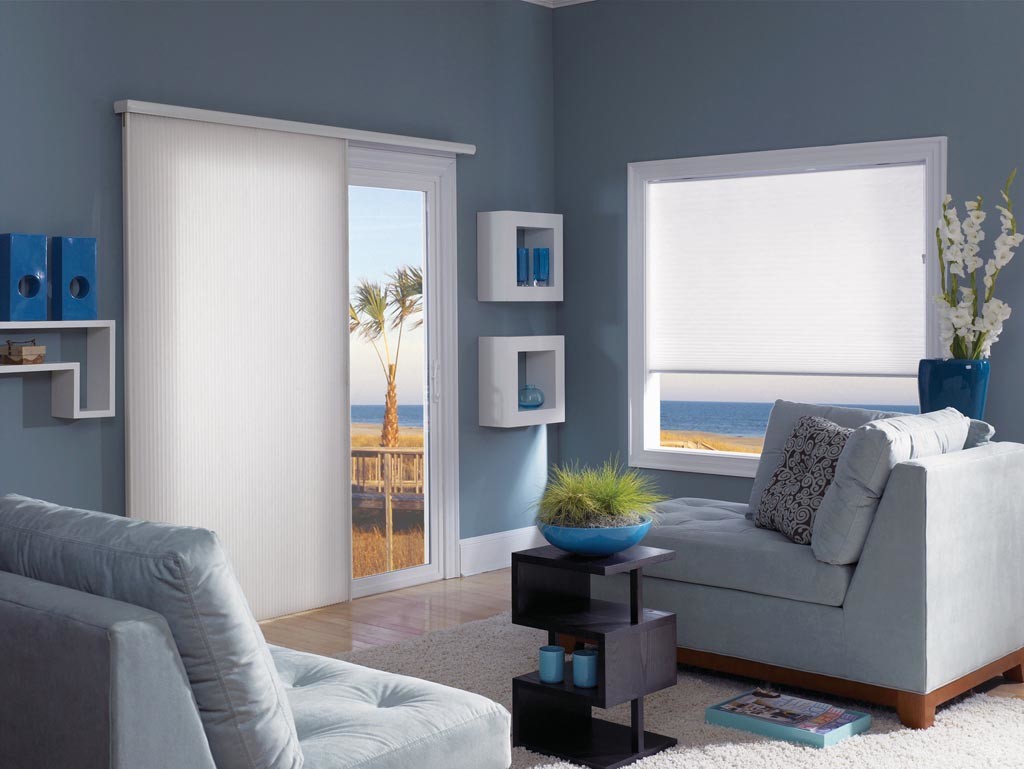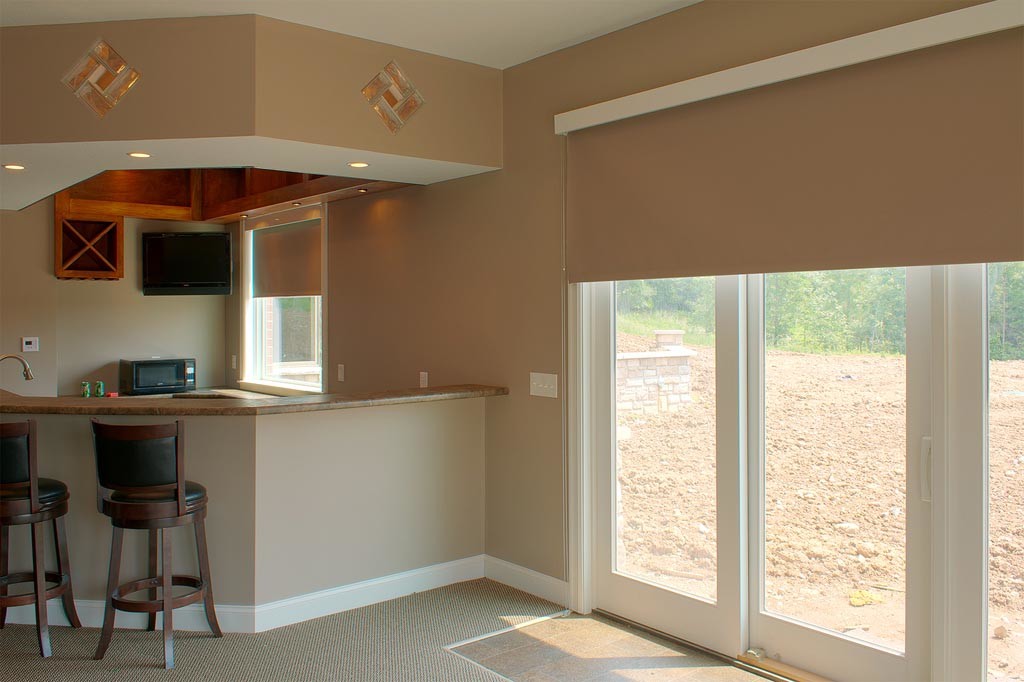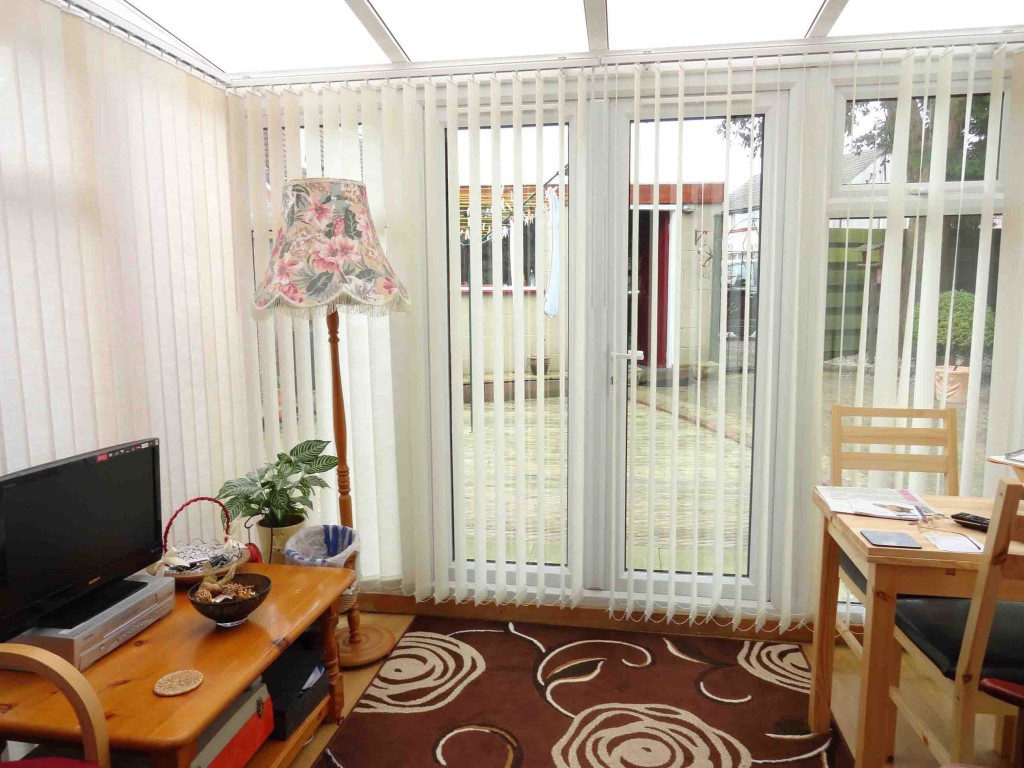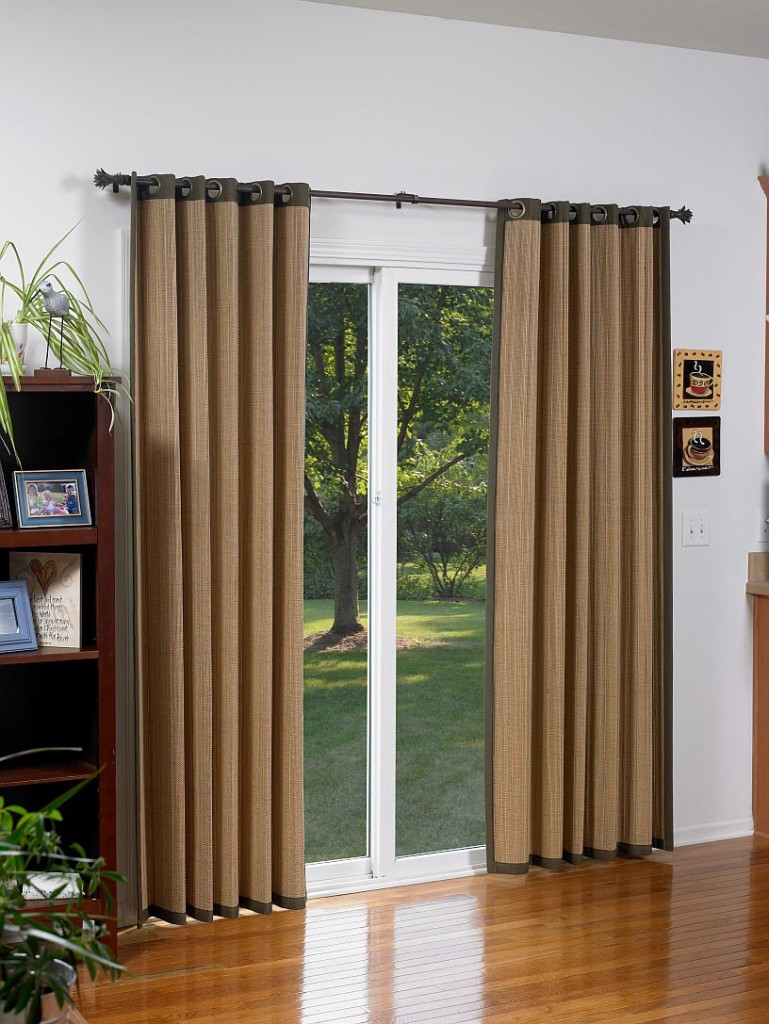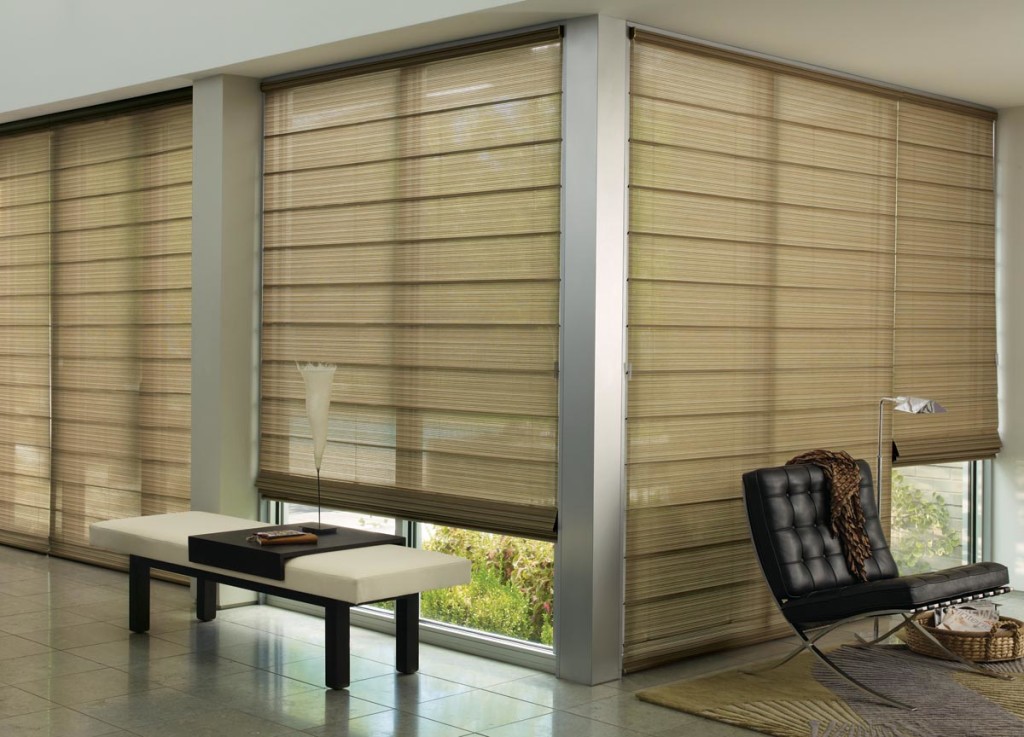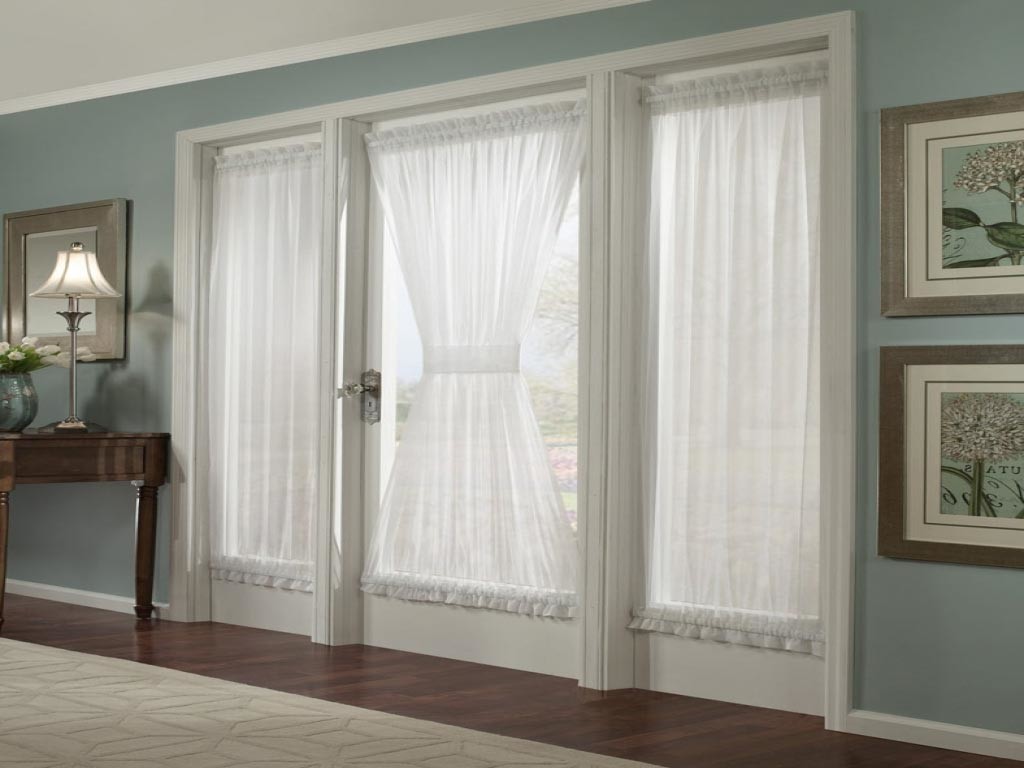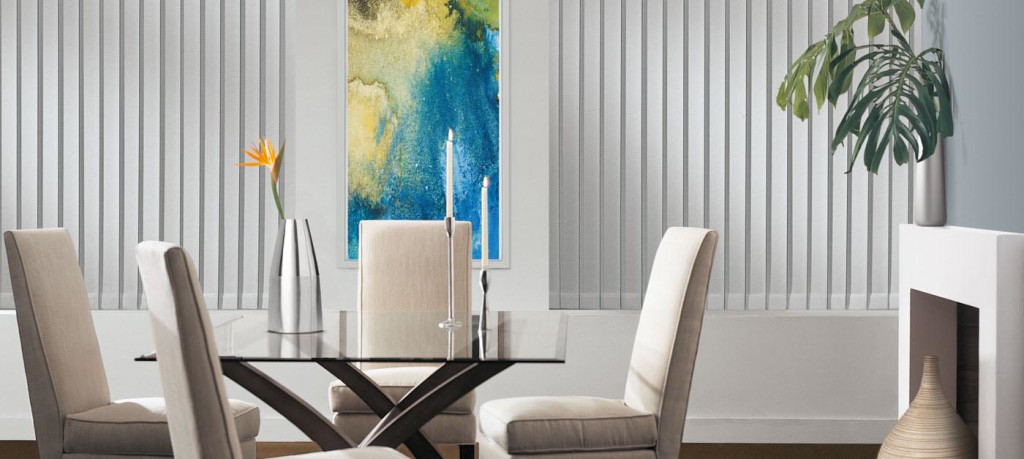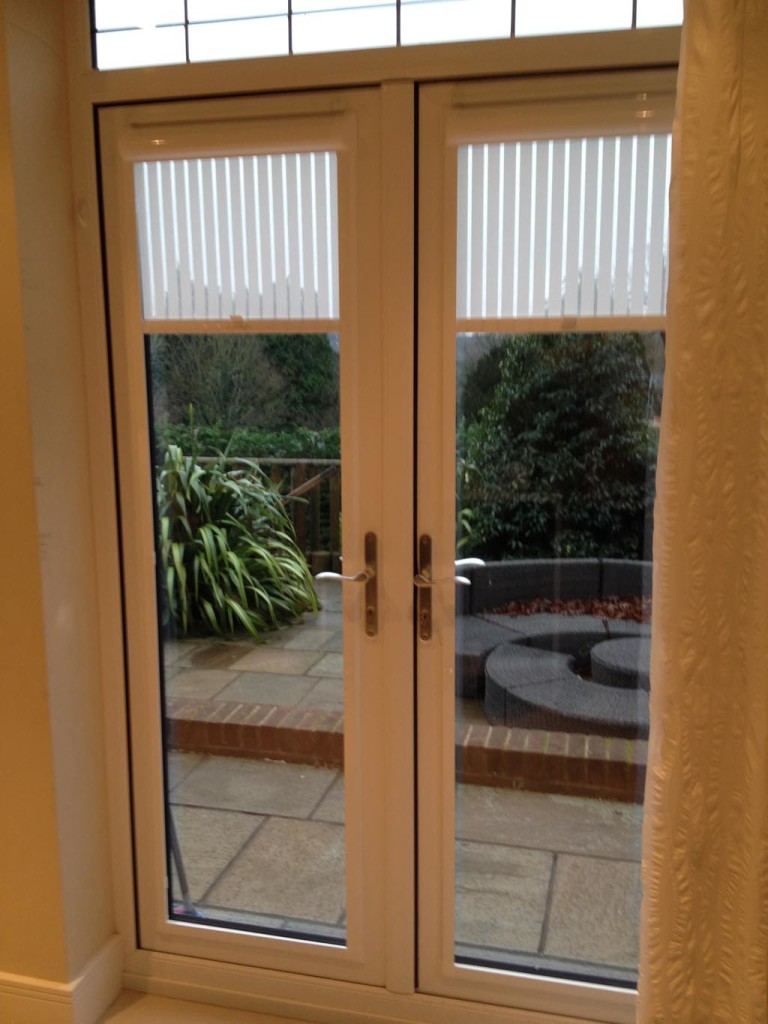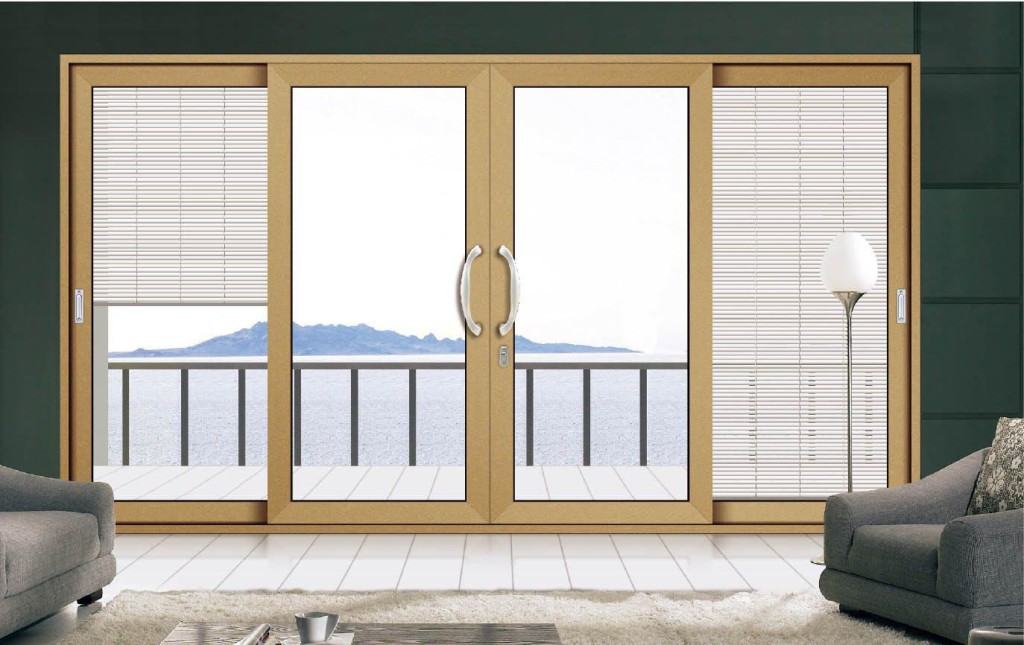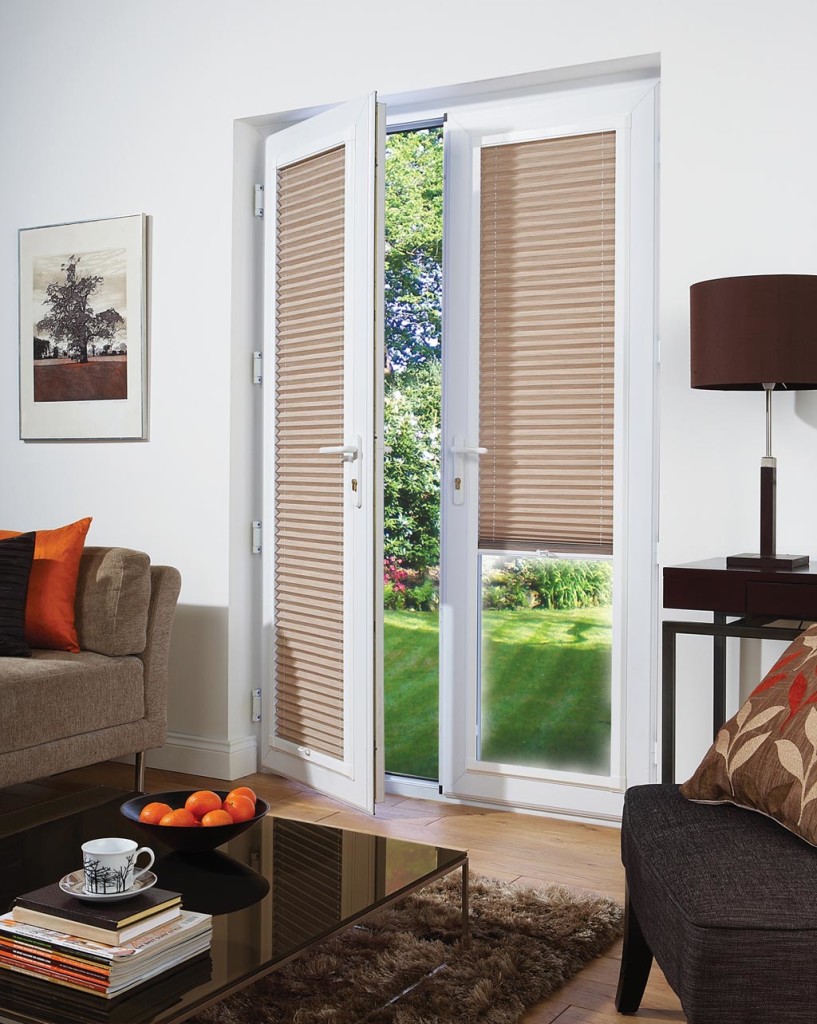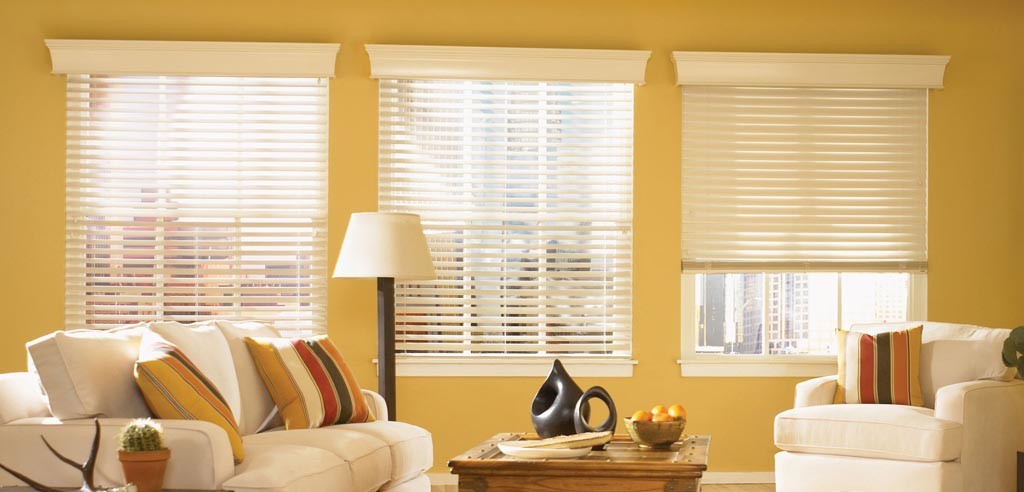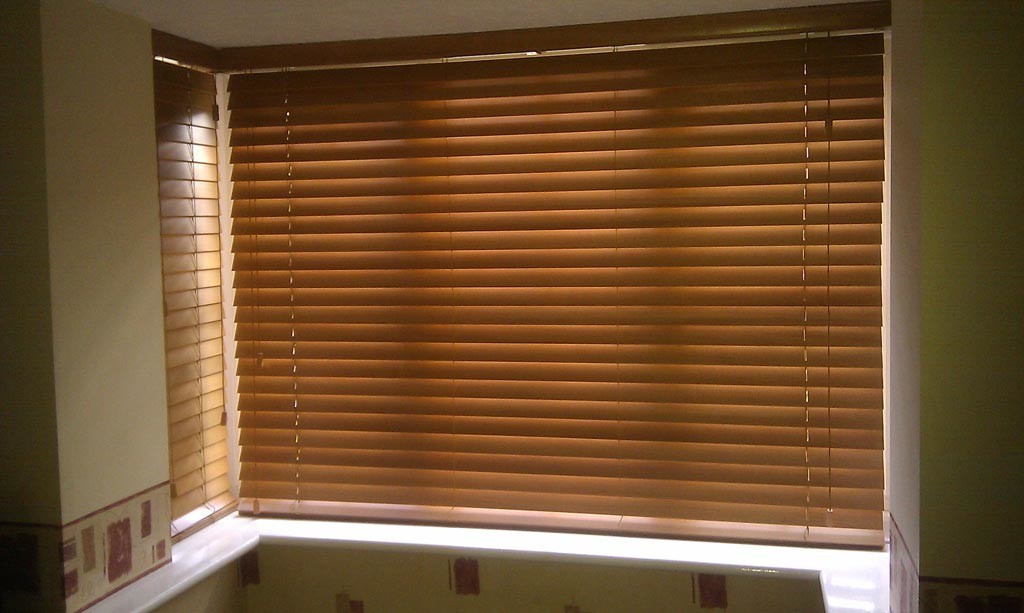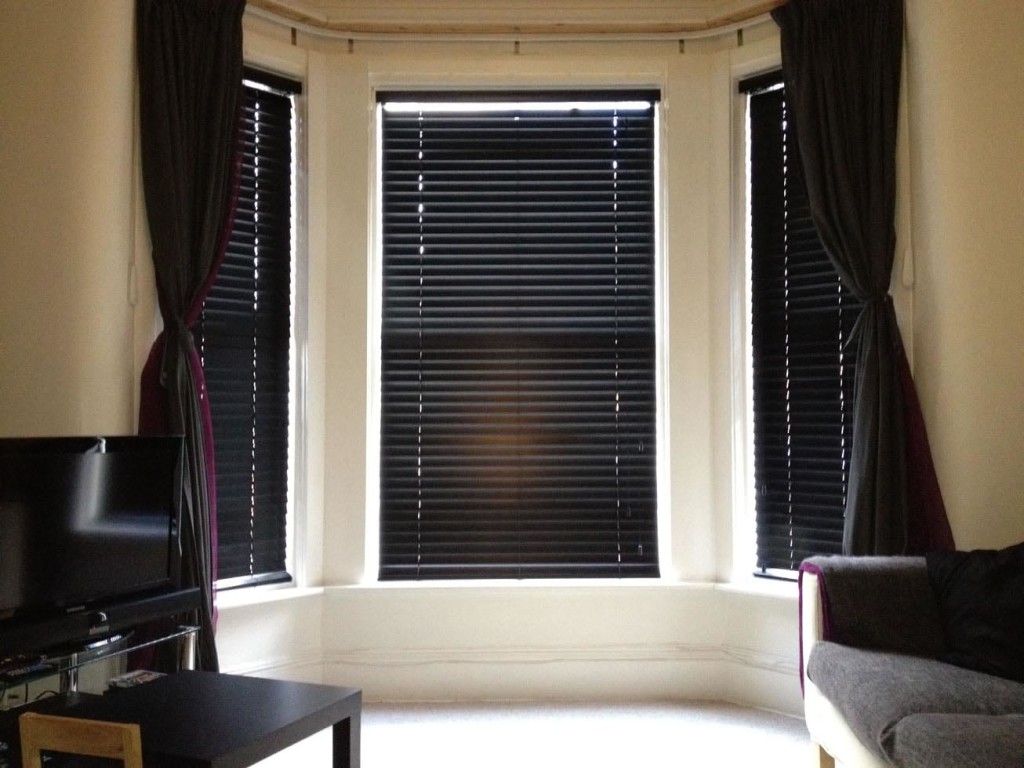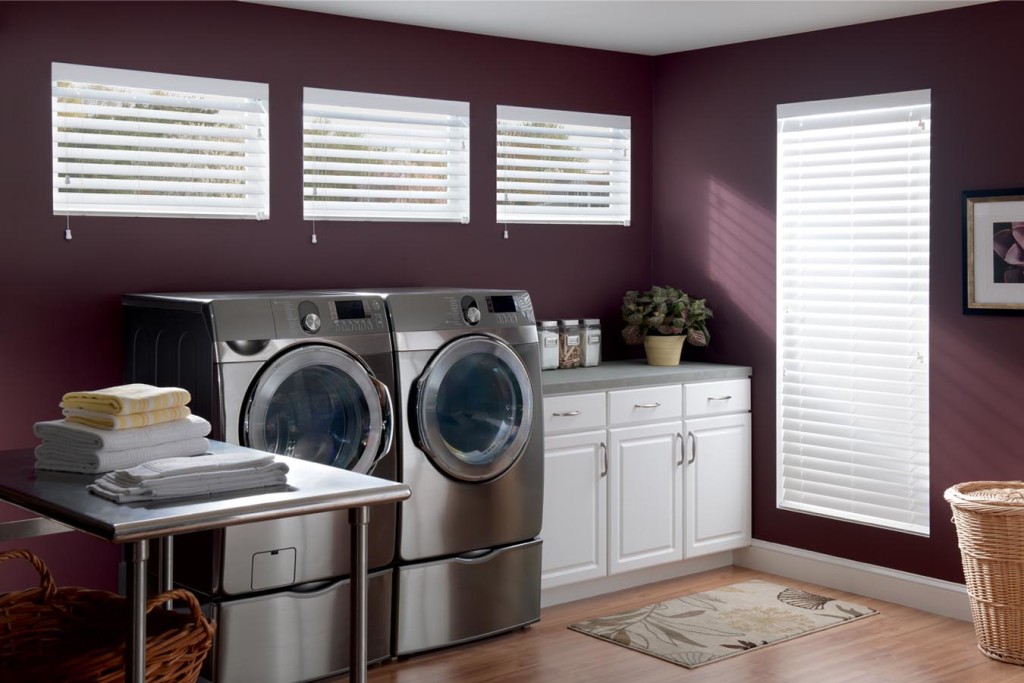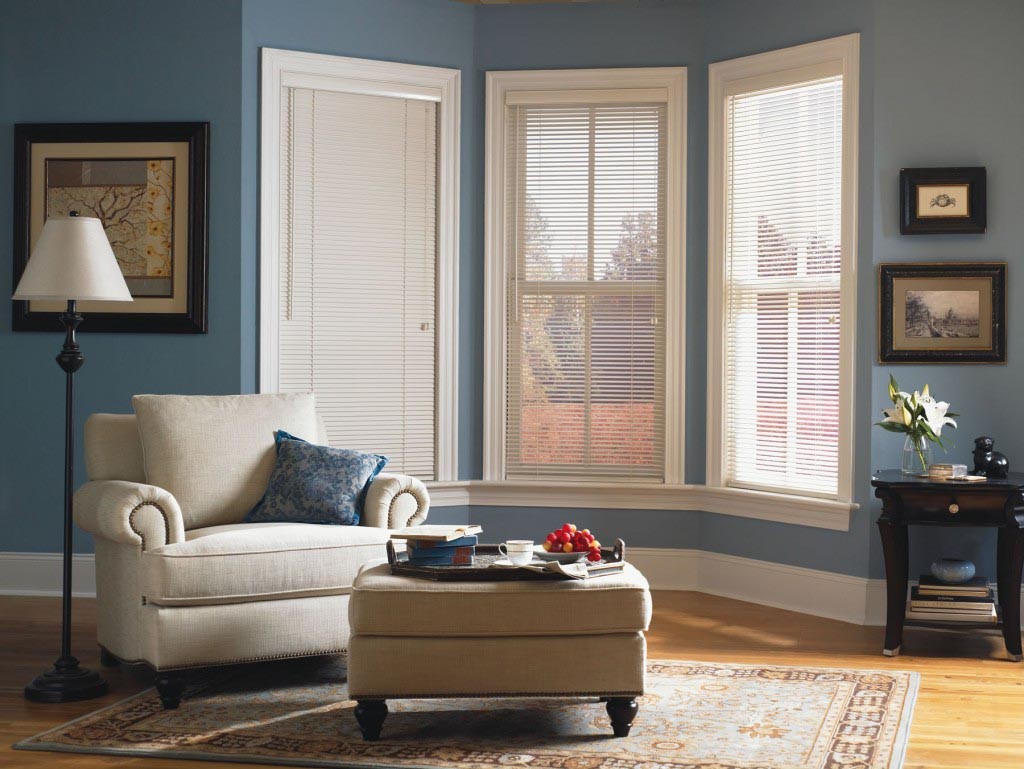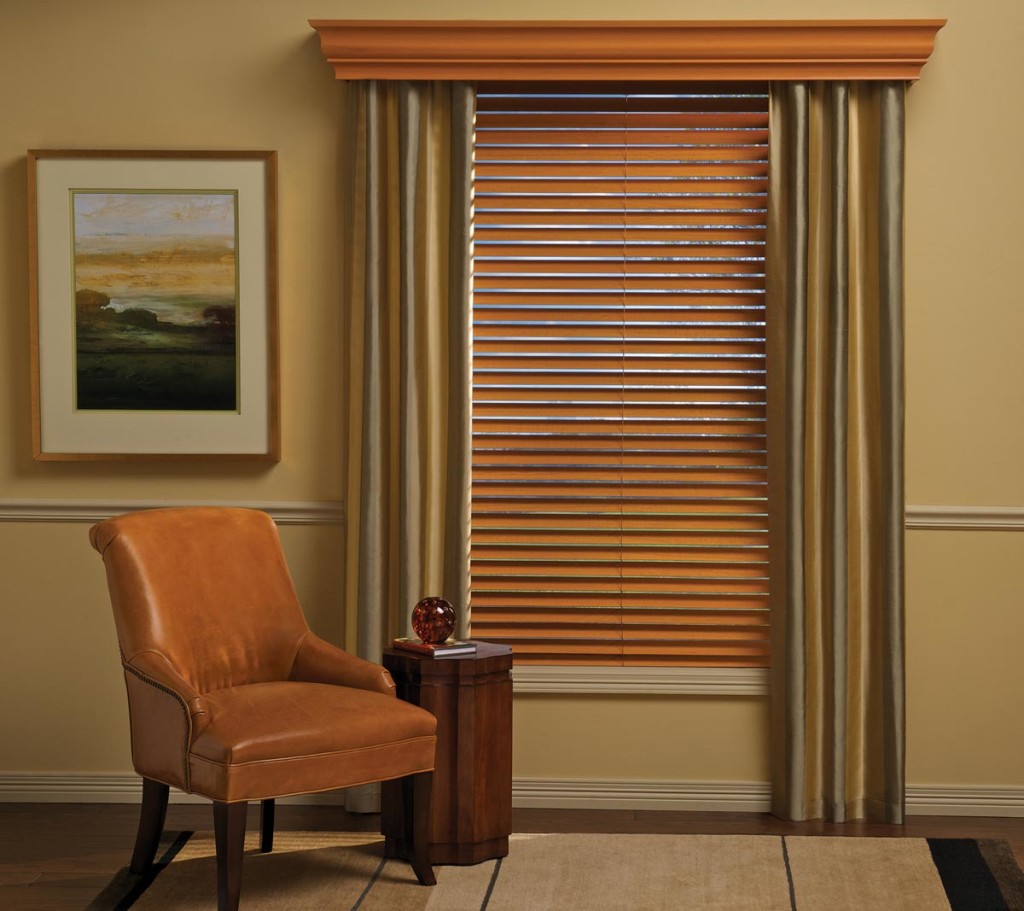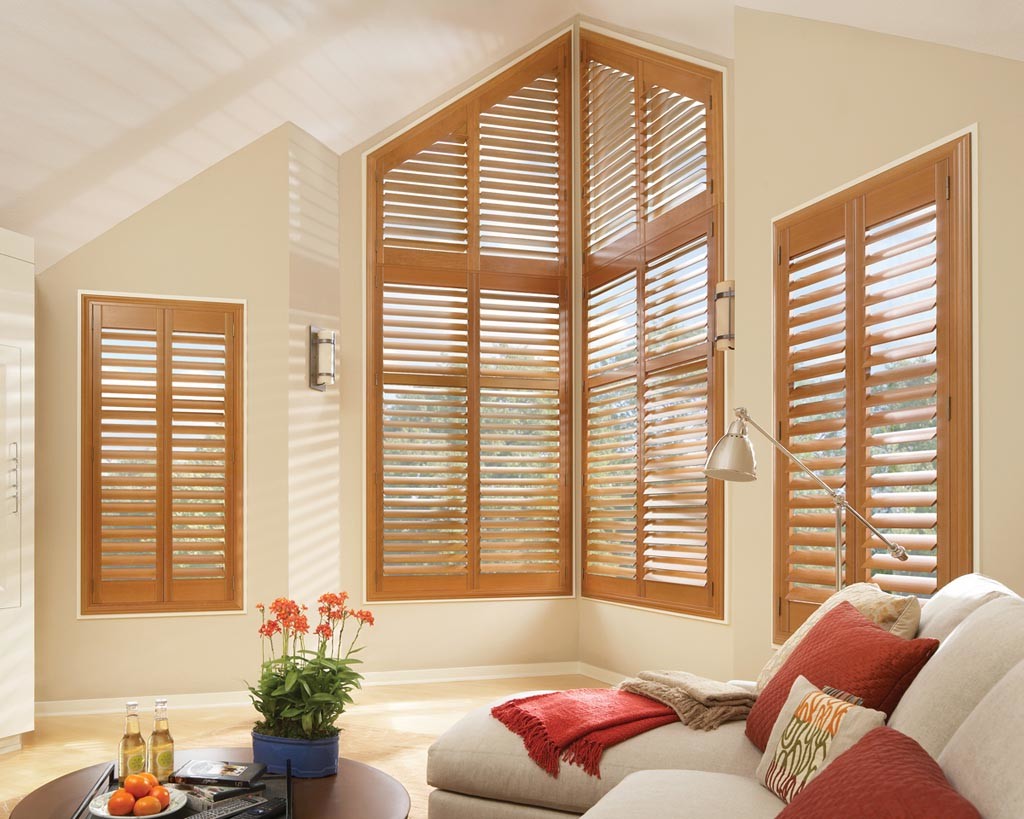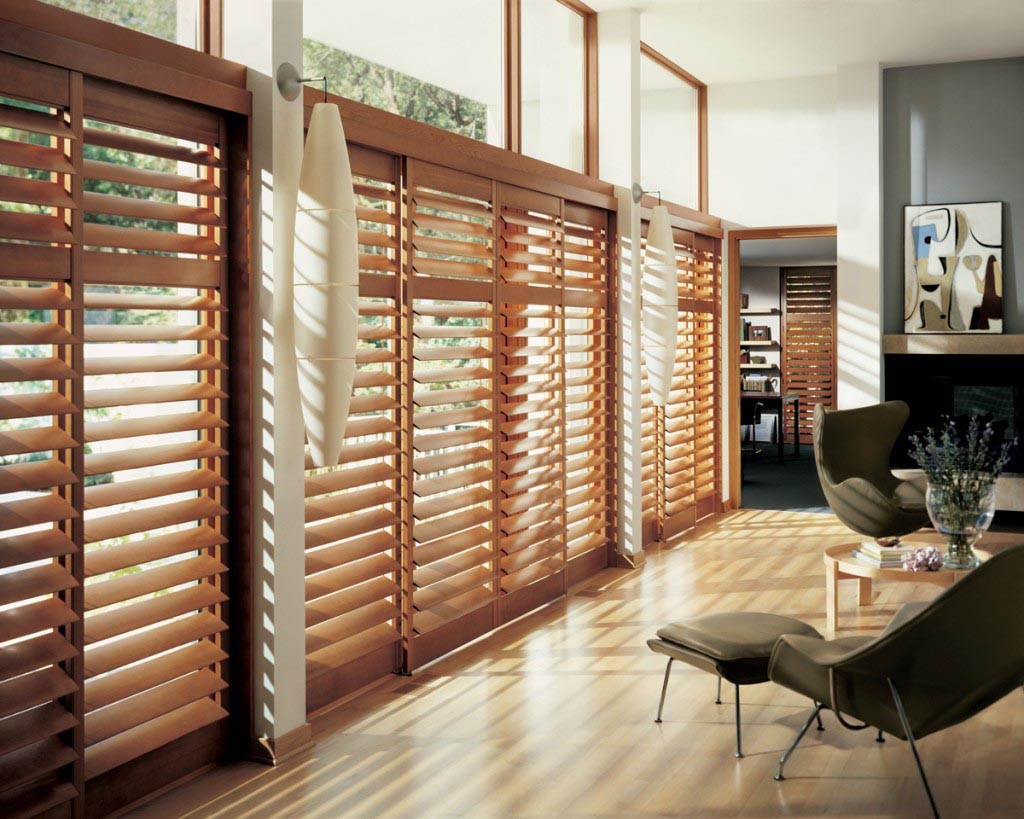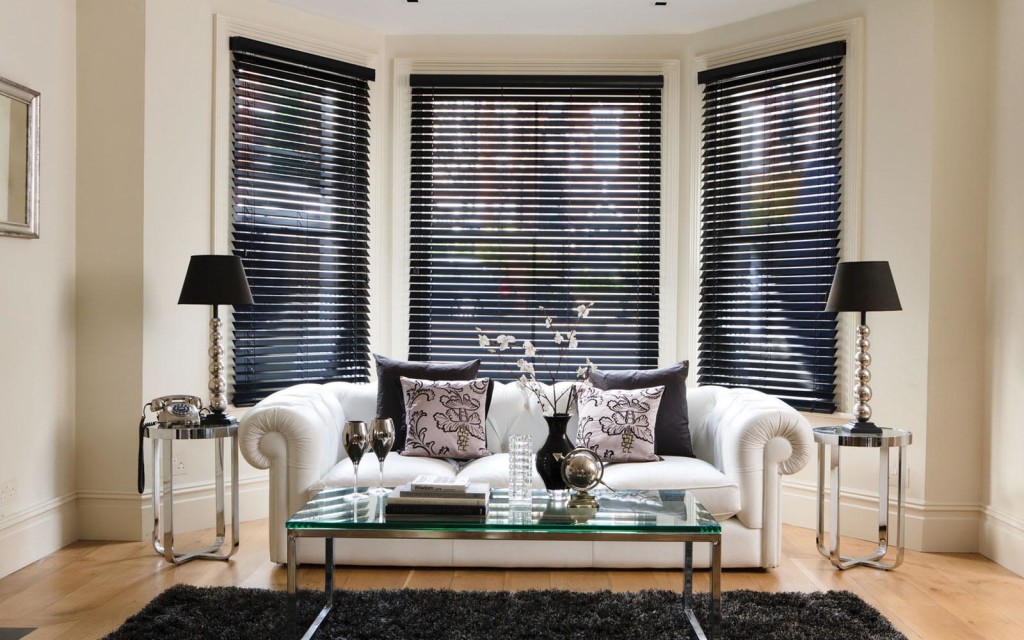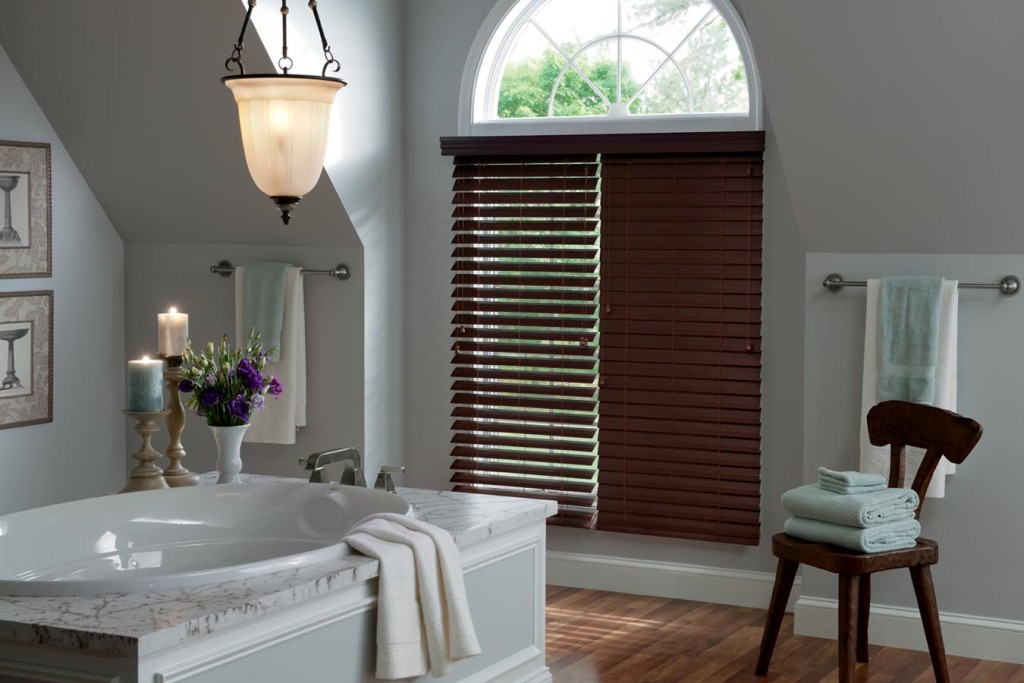Swag valance curtains are a timeless decorative window treatment that can instantly add elegance, warmth, and charm to any kitchen. With their graceful curves and fabric draping, these valances create an inviting atmosphere, turning an ordinary room into a lively, comfortable space. More than just a decorative feature, swag valances help complete the overall interior look, enhance natural light, and tie together your color scheme and design style.
Today’s wide variety of curtain fabrics, patterns, and colors allows homeowners to choose options that perfectly reflect their personality while also improving the functionality and visual appeal of the space.


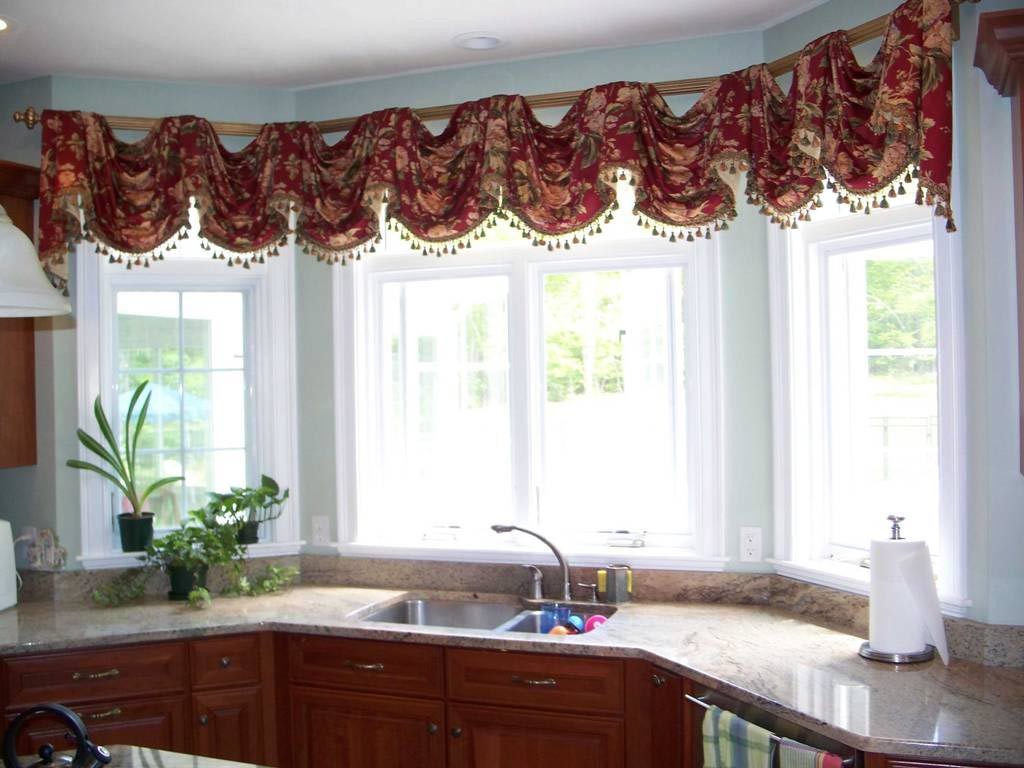

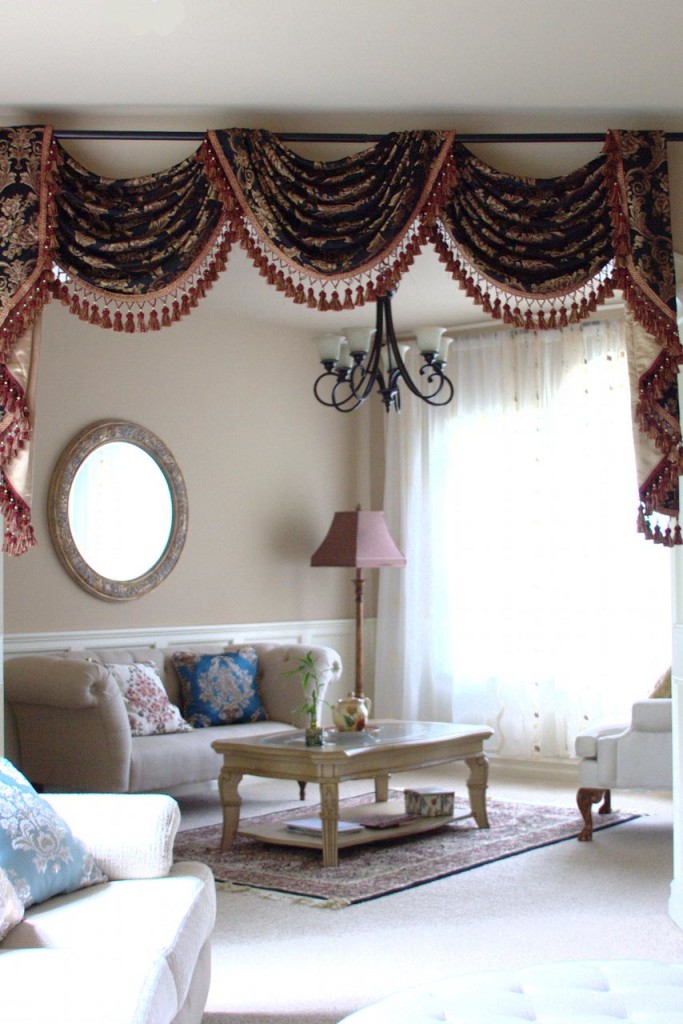
Why Choose Swag Valances for the Kitchen?
Swag valance curtains bring softness and movement to windows. Whether hung alone or paired with panels or blinds, they provide a sense of festivity and sophistication without overwhelming a room. Their elegant drape frames the window beautifully and helps bring focus to one of the most important areas of the kitchen—where light enters.
They’re especially effective in kitchens because they don’t get in the way of cooking activities. Swag valances allow for natural light while staying above countertops or sinks, keeping the fabric clean and out of splash zones.
Choosing the Right Swag Curtains for Your Kitchen
When selecting kitchen swag curtains and valances, it’s important to consider not just your personal style, but also the size, lighting, and layout of the space.


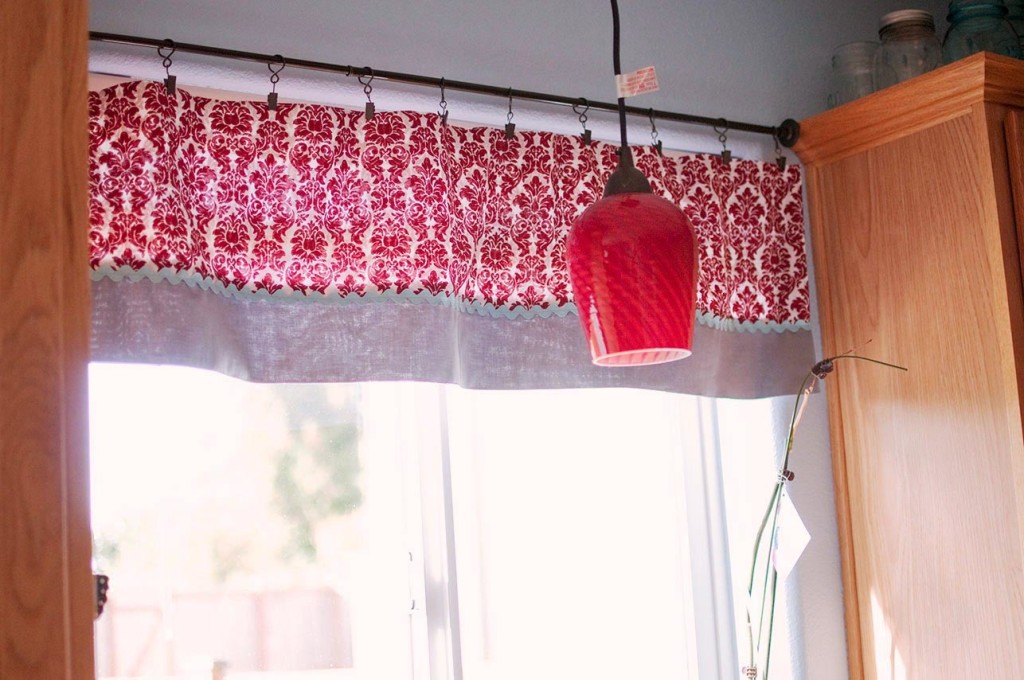
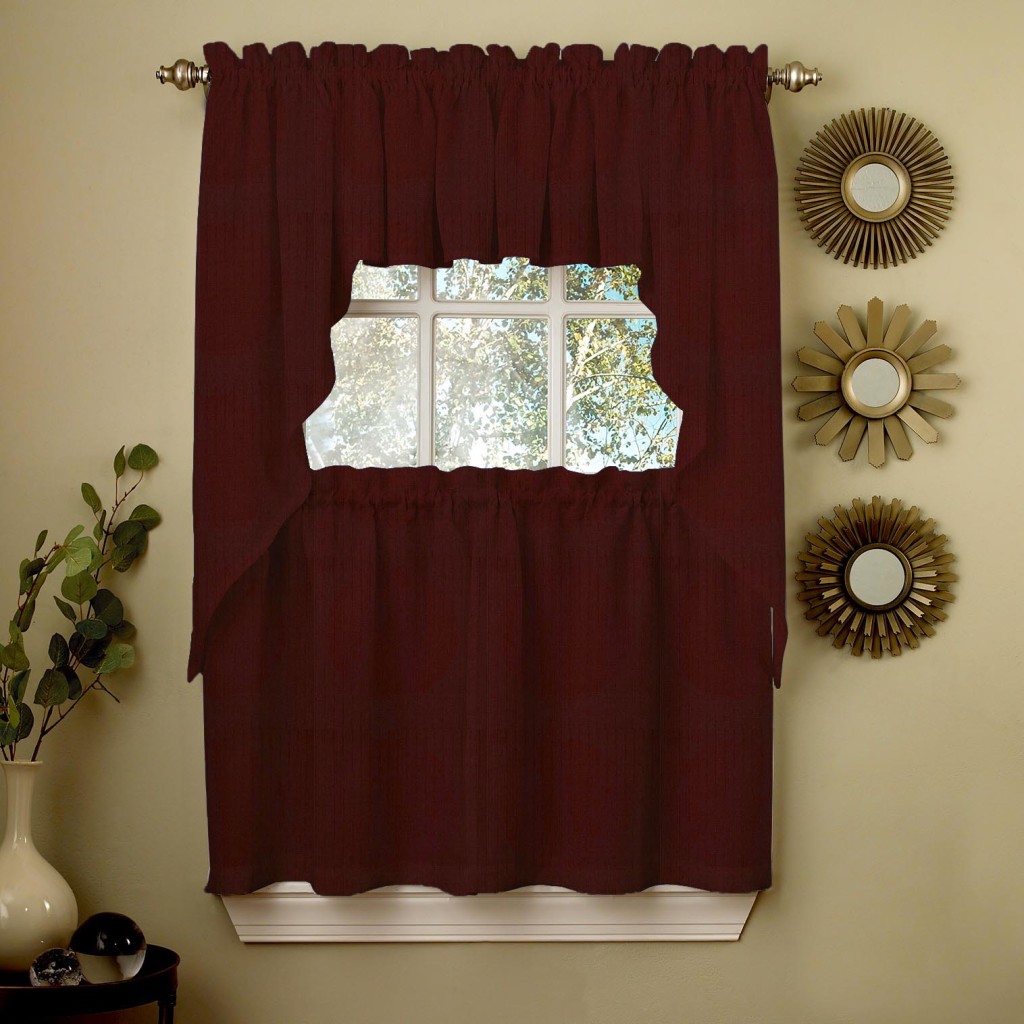
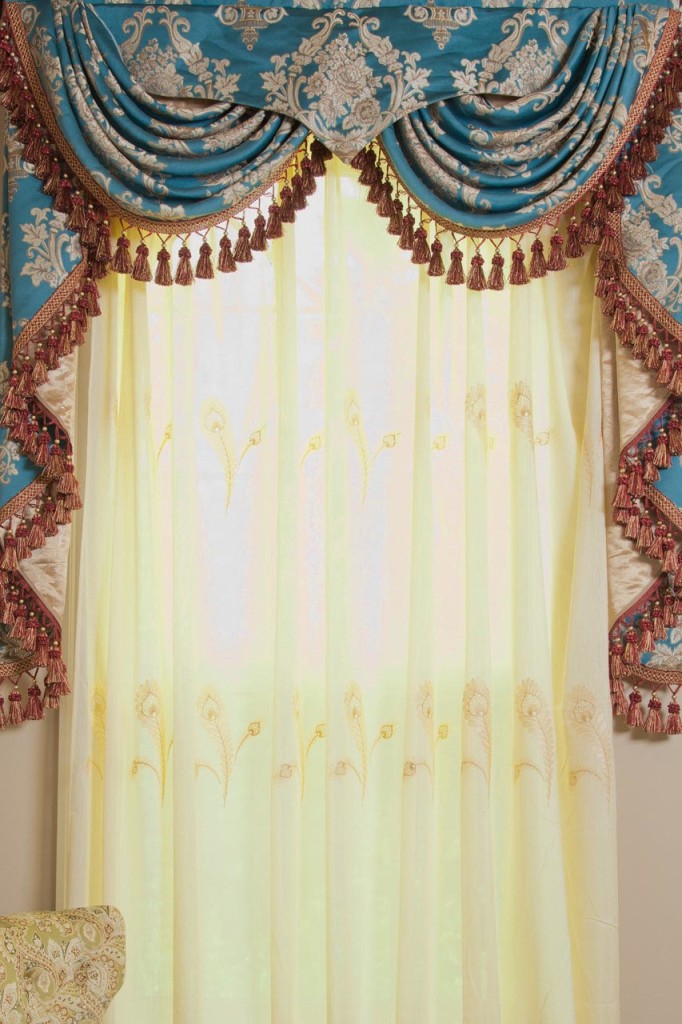
Light vs. Dark Fabrics
- Light-colored curtains are best suited for small kitchens. Shades like white, cream, soft gray, or pastel tones help reflect more light and visually open up the space. For example, sheer beige or milky white swag curtains create an airy feel in tight quarters.
- Darker tones work well in larger or well-lit kitchens. Deep reds, navy, or forest green can add a grounded, cozy feeling and contrast nicely with light walls or cabinetry.
Colors and Patterns
Color coordination is key to ensuring your window treatments enhance the overall kitchen design. Here are a few practical tips for choosing the right color:
- Match your curtains to your furniture or wall color for a cohesive and timeless look.
- When in doubt, go with neutral shades like beige, peach, cream, or sand. These tones are versatile and work well with nearly any kitchen theme.
- For extra personality, add decorative accents—such as fringe, beads, tassels, or even a bold lambrequin—to bring in energy and create visual interest.
Patterns can also influence the atmosphere:
- Small floral prints pair perfectly with rustic or farmhouse-style kitchens, especially those with wooden furniture and natural floors.
- Striped or geometric patterns give a modern feel and help add structure to your window treatment.
- Solid color swag curtains offer a clean, classic look, especially when layered with textured materials or accessories.

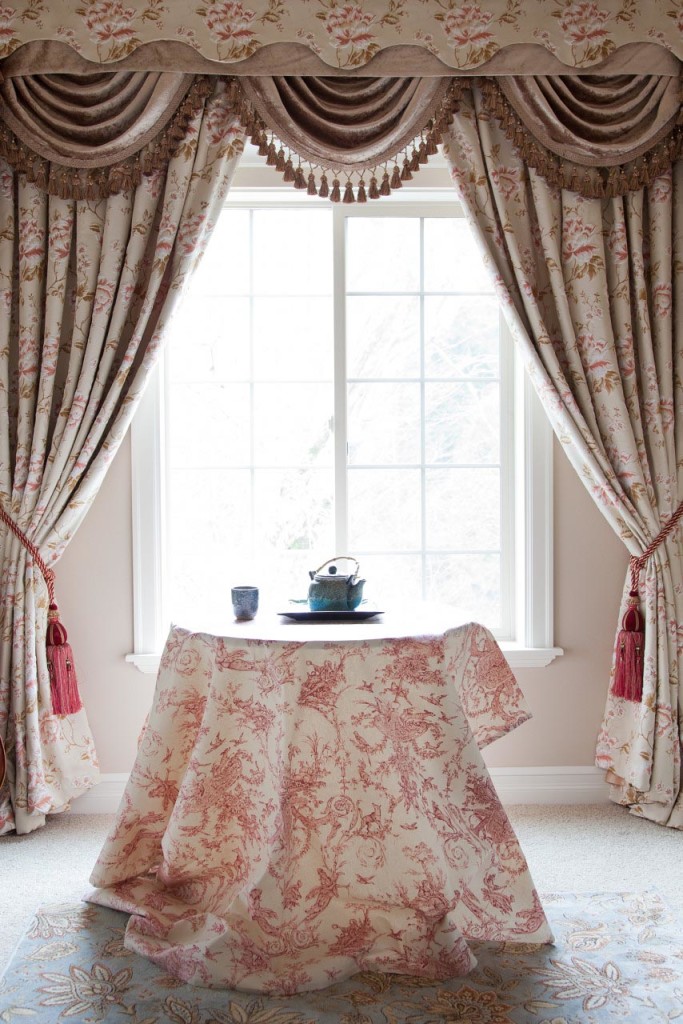
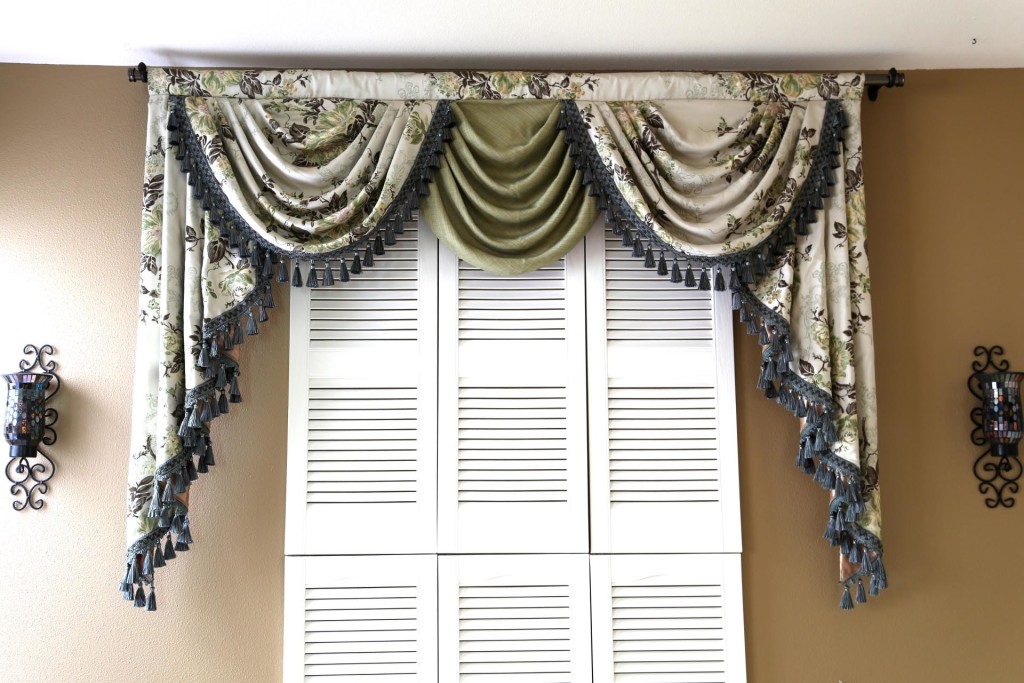
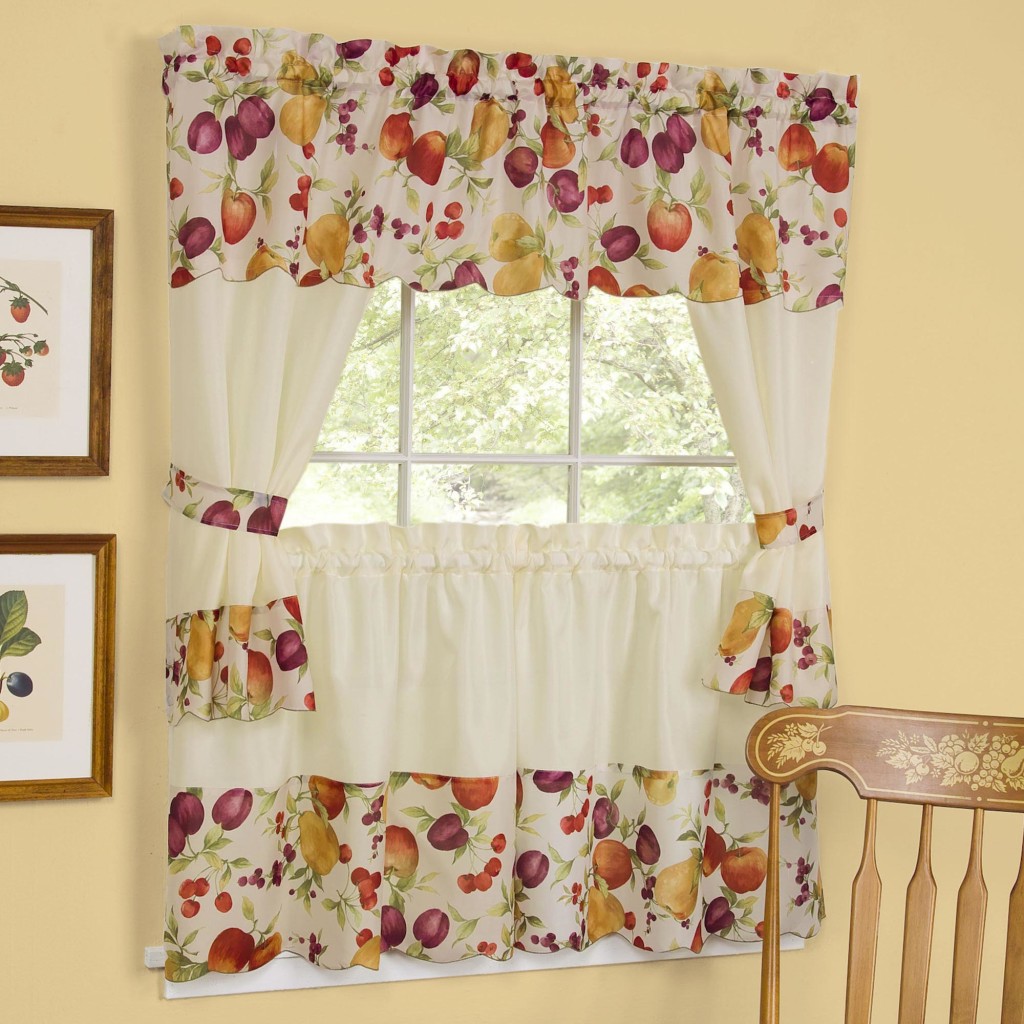

Color Psychology for Kitchen Swag Curtains
Curtains do more than block sunlight—they affect how a room feels. Use color intentionally to shape the mood of your kitchen:
- White swag curtains are ideal for minimalist or Scandinavian-style interiors and work especially well in compact kitchens. Pairing them with soft accent colors like pink, blue, or beige keeps the palette interesting without becoming overwhelming.
- Yellow shades bring warmth and brightness. If your kitchen lacks natural light, yellow valances can create the illusion of sunshine and energize the space. They’re also known to stimulate appetite and positivity.
- Green swag curtains evoke calm and nature. They promote relaxation and harmony—perfect for kitchens designed to be a cozy gathering place.
- Earthy tones like terracotta, olive, or brown can ground a space and work well in traditional or rustic kitchen designs.
Coordinating Kitchen Textiles for Harmony
To enhance the visual unity of your kitchen, coordinate your window treatments with other soft furnishings:
- Match or complement tablecloths, napkins, cushion covers, kitchen towels, and oven mitts with your valance color palette.
- Keeping all textiles within a similar shade range or pattern family can make the room feel cohesive and professionally designed.
- If your valances are neutral, you can afford to be more playful with accessories—bold printed cushions or a colorful table runner can act as stylish contrast.
Swag valance curtains are more than just a decorative detail—they are a functional and expressive element that can shape the entire mood of your kitchen. By carefully selecting colors, patterns, and materials that match your space and taste, you can transform your kitchen into a warm, welcoming environment that feels just as good as it looks.
Whether you’re going for a country-style kitchen with small floral prints, a modern look with sleek neutrals, or something more eclectic with fringe and beads, swag valance curtains can help you achieve a complete, curated space. Take the time to explore different fabric options and accessories, and you’ll create a kitchen that’s not only beautiful but a joy to spend time in.


























